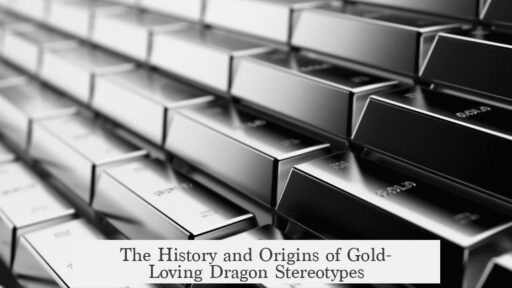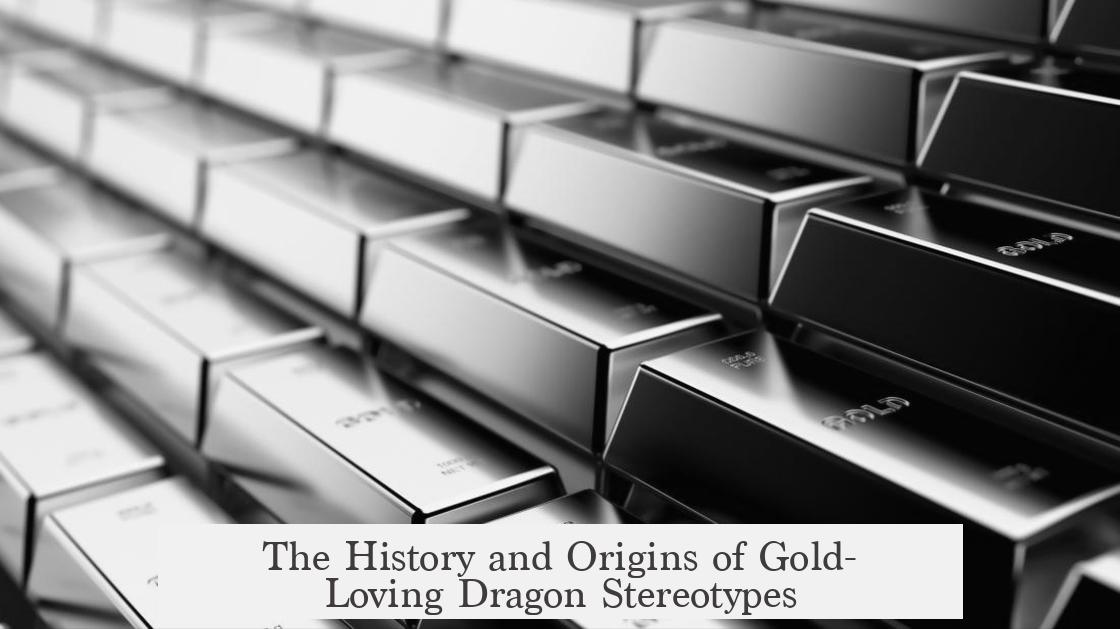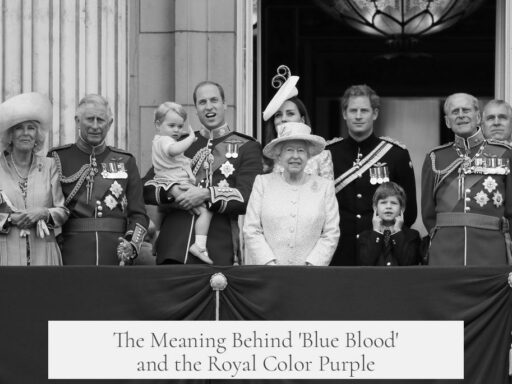The stereotype of gold-loving dragons originates in ancient and medieval traditions where large serpentine creatures are linked with treasure hoards, evolving over centuries into the image of dragons obsessed with gold. This motif appears first in pre-literacy folk tales, later appearing in early literature such as Greek myths, the Old English poem Beowulf, and Norse sagas, ultimately shaping the modern perception of dragons as treasure hoarders in Western culture.
In ancient Greek mythology, dragons or drakontes are portrayed as giant serpents that guard valuable treasures. The earliest clear literary evidence comes from works like Hesiod’s Theogony, where the multi-headed dragon Ladon guards the golden apples of the Hesperides. Similarly, the myth of Jason and the Argonauts features a dragon safeguarding the Golden Fleece. These dragons are typically guardians rather than owners of treasure.
Greek sources debate why these drakontes guard treasure. One explanation is divine command; they protect it because deities require it. Another viewpoint, found in writings by Philostratos the Elder around the 2nd century CE, suggests the dragons possess an innate love of gold. Philostratos describes a dragon on the Athenian Acropolis that “loves and hugs close whatever golden thing it sees.” This represents a shift from guarding treasure reluctantly to having an obsession with it.
This ancient notion influenced European medieval literature, especially the Anglo-Saxon epic Beowulf, where the dragon fiercely defends a hoard of gold stolen by a thief. This poem, dating from the early Middle Ages, is crucial to understanding the medieval image of the treasure-obsessed monster. Scholars note that the motif in Beowulf appears fully formed, indicating it likely circulated orally before it was ever written down.
Parallel to these traditions is Norse mythology’s Fafnir, one of the earliest examples of a ‘greedy dragon’ figure. Initially a dwarf, Fafnir is transformed—either by curse or choice—into a dragon to guard his treasure hoard after acquiring a cursed ring. Stories from medieval Norse texts like Skáldskaparmál present Fafnir as exhibiting greed and possessiveness of gold, influencing later authors such as Tolkien and C.S. Lewis.
J.R.R. Tolkien, aware of these sources as a scholar of Anglo-Saxon and Norse mythologies, incorporated these influences into his depiction of Smaug in The Hobbit. Smaug embodies the gold-coveting dragon, firmly establishing the stereotype in modern Western fiction. The progression shows how pre-literate folk motifs about serpentine guardians evolved into the popular idea of dragons as gold-obsessed creatures, blending fearsome power with avarice.
It is important to distinguish between these early dragons and modern fire-breathing, winged dragons. Early drakontes and serpentine monsters usually lacked wings and fire breath, often possessing venomous breath instead. Their treasure-guarding role predates fire-breathing dragons and reflects ancient human concerns about treasure protection and greed.
| Period | Key Features | Examples |
|---|---|---|
| Classical Antiquity | Serpentine dragons guarding treasure; motivations vary | Ladon (Golden Apples), Jason’s Dragon (Golden Fleece), Philostratos’ gold-loving drakōn |
| Early Middle Ages | Gold-hoarding dragon as a deadly and greedy monster | Beowulf Dragon |
| Medieval Norse Mythology | Dragon transformed by curse to protect treasure, showing greed | Fafnir |
| Modern Literature | Fire-breathing, flying dragons obsessed with gold hoards | Smaug (The Hobbit), inspired by Beowulf and Norse myths |
The evolution from guarding treasure to loving treasure reflects changing cultural views on greed and power. The motif began as a guardian role, possibly imposed by gods, but gradually became an inherent dragon trait symbolizing insatiable desire.
- The stereotype began in classical myths where giant serpents guarded treasure by divine mandate or innate desire.
- Ancient Greek drakontes like Ladon and the dragon in Jason’s story are some of the earliest examples.
- Beowulf cements the dragon as a gold-hoarding beast in early medieval literature.
- Norse mythology’s Fafnir exemplifies greed transforming a creature into a dragon obsessed with treasure.
- J.R.R. Tolkien popularized the treasure-hoarding dragon in modern Western culture through Smaug.
- Early dragons were usually wingless and venomous, not fire-breathing as today’s dragons.
When Did the Stereotype of Gold-Loving Dragons Start, and Why?
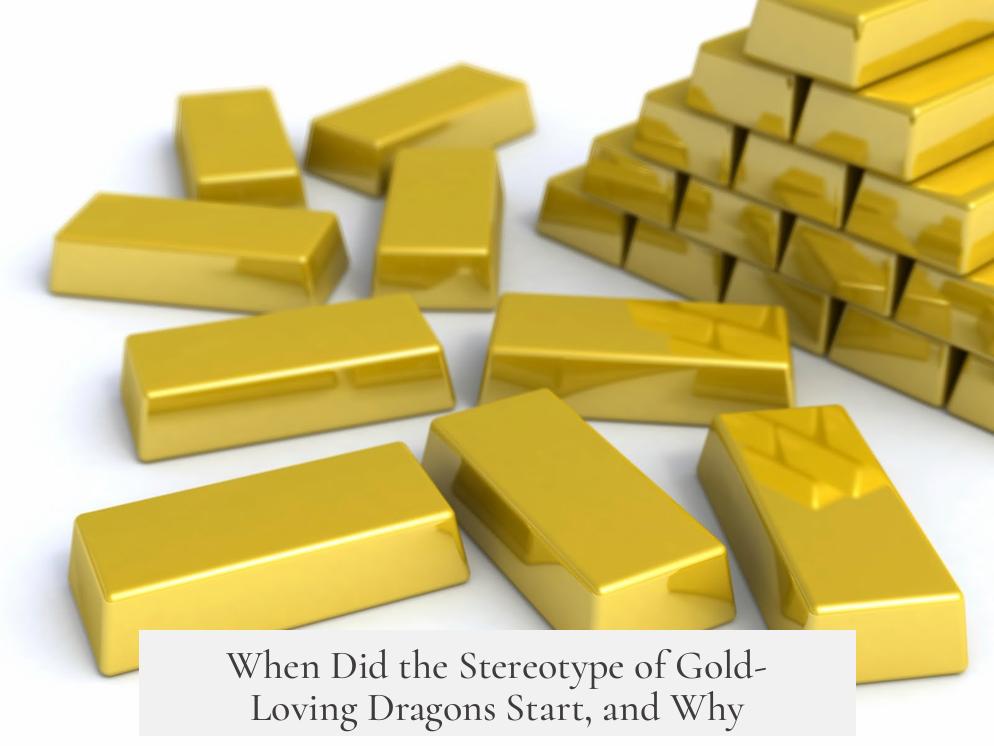
The stereotype of gold-loving dragons dates back to ancient times, evolving through myth, folklore, and literature from pre-literate traditions to medieval epics and classic mythology. It first emerged broadly in ancient Greek myths as serpentine guardians of treasure, gaining fuller shape in early medieval Europe, notably in the Anglo-Saxon poem Beowulf, and later solidified in popular culture by authors such as J.R.R. Tolkien.
So, why do dragons love gold? And where did this idea come from? Let’s unravel this hoard of historical, literary, and cultural threads.
Ancient Greeks and the Drakontes: Serpent Guardians with a Taste for Treasure
The earliest recorded motif of monsters linked with treasure guarding appears in ancient Greek mythology. The Greeks imagined drakontes (plural of drakōn) as giant serpents, usually without wings or fire breath. They were essentially large reptiles, more snake than dragon as we picture them today.
These creatures were often guardians—not just of gold, but also of sacred springs and bodies of water. For example, the drakōn Ladon guarded the golden apples in the Garden of the Hesperides, while another drakōn protected the Golden Fleece in Colchis, where Jason and the Argonauts launched their quest.
This predilection for guarding treasure by serpentine monsters planted the first seeds that would grow into our modern dragon stereotype. But did these Greek monsters REALLY love gold? That’s where ancient sources split hairs.
Guarding or Loving Treasure? The Debate Goes Back Millennia
One ancient viewpoint posits that these drakontes guarded treasure because divine forces commanded it. They didn’t care about the gold. It was more like a job than a passion.
Another early explanation, however, claims these creatures fell for gold—they loved and coveted it. Philostratos the Elder, writing around the 2nd to 3rd century CE, insists that a drakōn on the Athenian Acropolis remains there because it “loves the golden cicada brooches” worn by locals.
This idea of dragons actually *loving* gold, rather than being mere guardians by duty, helped lay the foundation for the stereotype we recognize today.
From Golden Apples to Golden Hoards: The Transition to a Hoarding Obsession

When it comes to treasure, it’s one thing to be a guard dog; it’s another to be a compulsive collector. The gradual transformation from guard-focused to treasure-loving dragons likely reflects human fascination with wealth itself.
The hoarding motif also aligns well with the characteristic greed attributed to dragons—greed that embodies the dangers of obsession, denial, and destruction.
Norse Saga and the Greedy Dragon: Fafnir’s Tale
Jumping ahead a few centuries and northwards to Norse mythology, the story of Fafnir provides arguably the oldest depiction of a “greedy dragon upon a pile of gold.” Originally a dwarf or a man, Fafnir turns into a dragon to guard his amassed wealth, cursed and corrupted by a ring’s power.
His transformation is not just physical but symbolic—he becomes consumed by greed, isolated, and monstrous. This motif was retold and morphed in medieval Germanic and Scandinavian lore and had a huge influence on later writers. Tolkien himself drew heavily on Fafnir’s tale to craft Smaug in The Hobbit. If you’ve ever grumbled about dragons loving gold *too much,* blame Fafnir.
Medieval Epic Poetry: Beowulf and the Fully Formed Treasure-Loving Dragon
Now to the literary big leagues—Beowulf, an Anglo-Saxon epic poem from the early Middle Ages, contains one of the earliest fully formed accounts of a treasure-loving dragon. This dragon goes into a killing rage when a thief steals a golden cup from its hoard.
J.R.R. Tolkien, who was not only a professor of Anglo-Saxon but also one of the greatest fantasy authors, acknowledged his debt to Beowulf in creating Smaug, the hoard-obsessed dragon of The Hobbit. This firmly planted the gold-obsessed dragon trope into modern Western culture.
Why Gold, Though? The Attraction to Gold in Folk Traditions
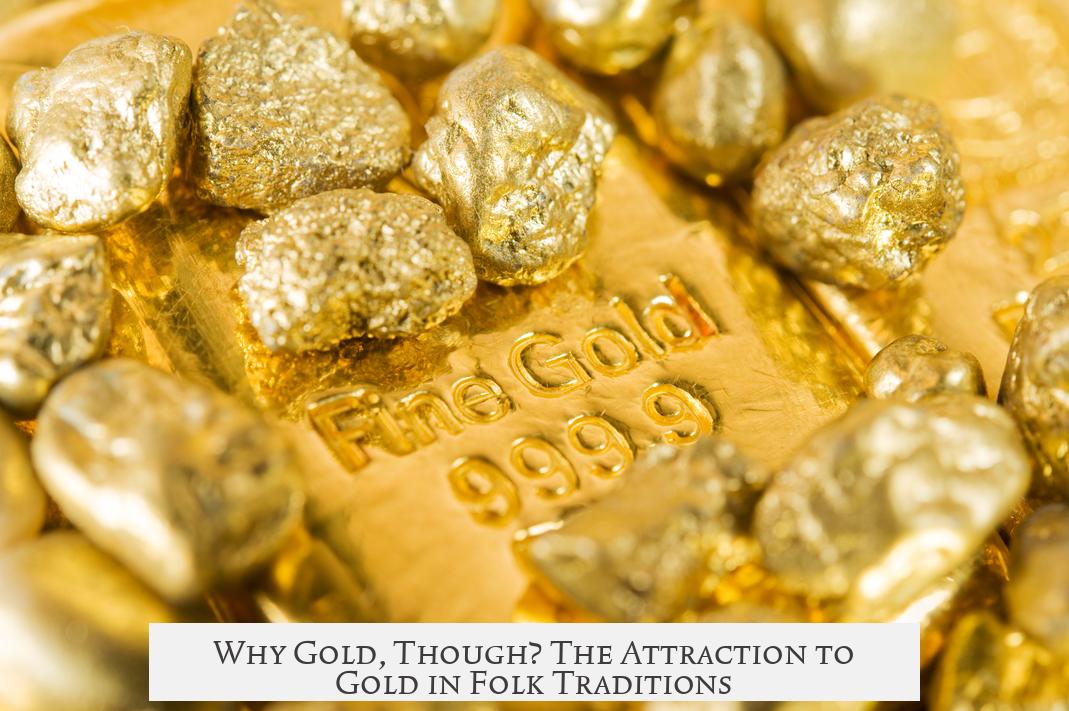
Gold has always fascinated humans. Its rarity, lustrous beauty, and malleability made it a symbol of wealth, power, and immortality. It’s no surprise then that dragons—mythical embodiments of danger and temptation—became linked with gold.
Before literacy, this motif circulated in oral traditions. Imagine villagers whispering stories of a giant, serpentine monster who hoards golden treasures nearby. The gold symbolized not just wealth but the destructive power of greed.
Though the monster existed long before, the idea of hoarding gold arose likely as soon as humans started working with precious metals.
The Evolution of the Dragon Image: From Poisonous Breath to Fire-Breathing Fiery Beasts
What about dragons breathing fire? Early drakontes didn’t breathe fire but had poisonous breath—a lethal, withering exhalation rather than flames. Over centuries this toxicity evolved in stories into actual fire-breathing, increasing the menacing image of dragons.
Nowadays, when we say “dragon,” the fiery, winged beast comes to mind—thanks to modern fantasy. Medieval depictions likely lacked wings and venomous breath turned into fire.
Why Does the Stereotype Stick Around?
Why do we still imagine dragons clutching their treasure like a toddler with a security blanket? It’s an evocative image with explanatory power.
- Greed as a moral lesson: Dragons symbolize unchecked greed and selfishness.
- Conflict and Adventure: Hero vs. treasure-hoarding monster is a classic storytelling setup.
- Symbol of power: Gold and dragons each represent a form of power, often tied to kingship and heroism.
This combination creates a compelling mythic narrative, which has persisted in folklore, literature, and even modern role-playing games and fantasy media.
Practical Takeaway: Why Do We Still Love Hoarding Dragons?

In today’s world, dragons are more than old stories; they’re symbols. They represent challenges we must face—greed, envy, or fear. The treasure hoard can be read as a metaphor for temptation that heroes must overcome to restore balance.
Writers, game designers, filmmakers, and storytellers continue to mine this rich vein because it works. It taps into deep, ancient motifs that resonate universally across cultures. The stereotype’s longevity proves its power.
To Sum Up: The Long Road to Gold-Hoarding Dragons
From ancient Greek serpents guarding golden apples to early medieval beasts enraged by stolen cups, the stereotype of gold-loving dragons grew piece by piece across centuries and cultures. Several factors fueled this:
- Pre-literate folk fascination with gold as a symbol and a source of greed.
- Ancient myths, especially Greek and Norse, linking serpentine monsters with treasure guarding.
- Medieval literature like Beowulf, giving dragons personalities and motivations related to treasure obsession.
- Influential modern authors such as Tolkien, who popularized and redefined the treasure-hoarding dragon in contemporary fantasy culture.
So, if you ever wonder why dragons are *always* depicted as clutching a pile of gold, it’s not just fantasy flair—it’s a story as old as wealth itself, told and retold to caution and entertain humanity about the power and peril of greed.
When did the stereotype of gold-loving dragons first appear?
The stereotype appears as far back as the early Middle Ages. The Anglo-Saxon poem Beowulf features a gold-hoarding dragon. Earlier motifs, like the Golden Fleece, date back several centuries BCE.
Why were dragons associated with gold and treasure?
Dragons were seen as guardians of treasure. In ancient times, this was linked to greed and the value of precious metals. Some myths say the creatures loved gold, while others say they guarded it by divine command.
How did ancient Greek myths influence the idea of gold-loving dragons?
Greek drakontes were large serpents guarding treasures like the Golden Fleece or golden apples. Some sources claimed these monsters loved gold, while others said they guarded it for the gods.
Did early dragons have wings or breathe fire like modern dragons?
No. The earliest dragon-like monsters were large serpents without wings. Their breath was often venomous, not fiery. The fire-breathing image developed later in folklore and literature.
How did the idea of gold-obsessed dragons reach modern literature?
The motif passed through oral tradition and early medieval literature like Beowulf. Tolkien popularized it again with Smaug in The Hobbit, reinforcing the image of a dragon obsessed with hoarding treasure.
